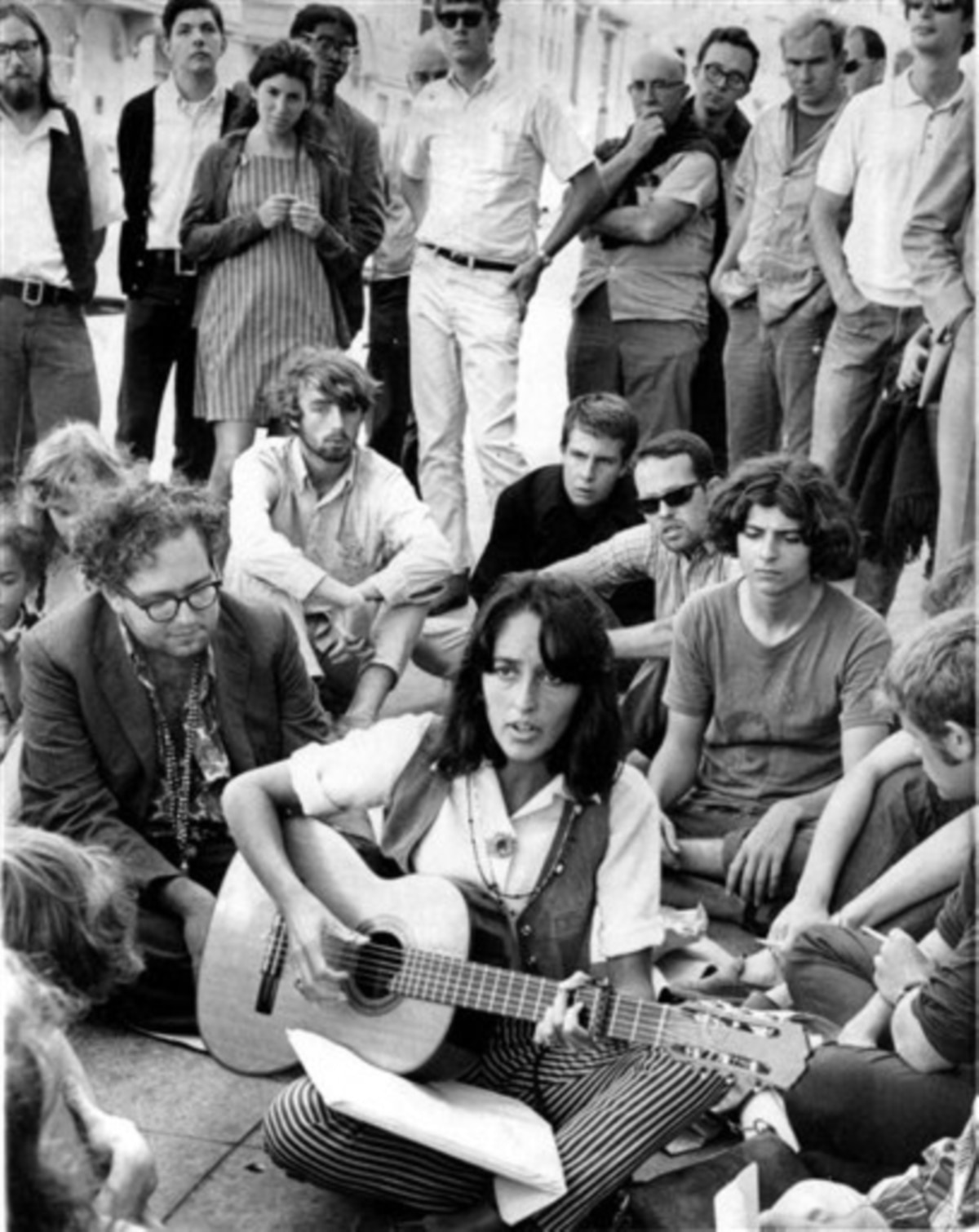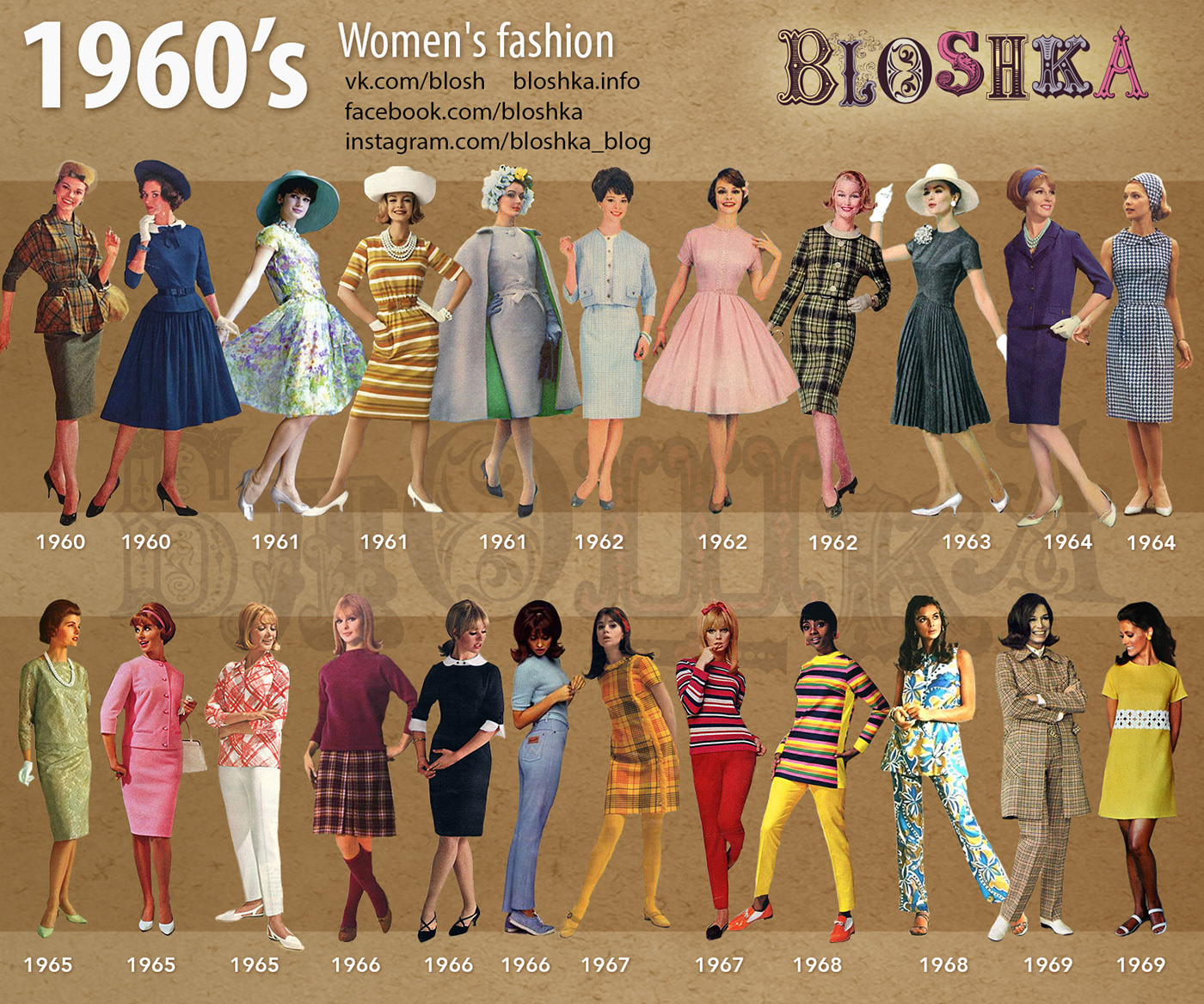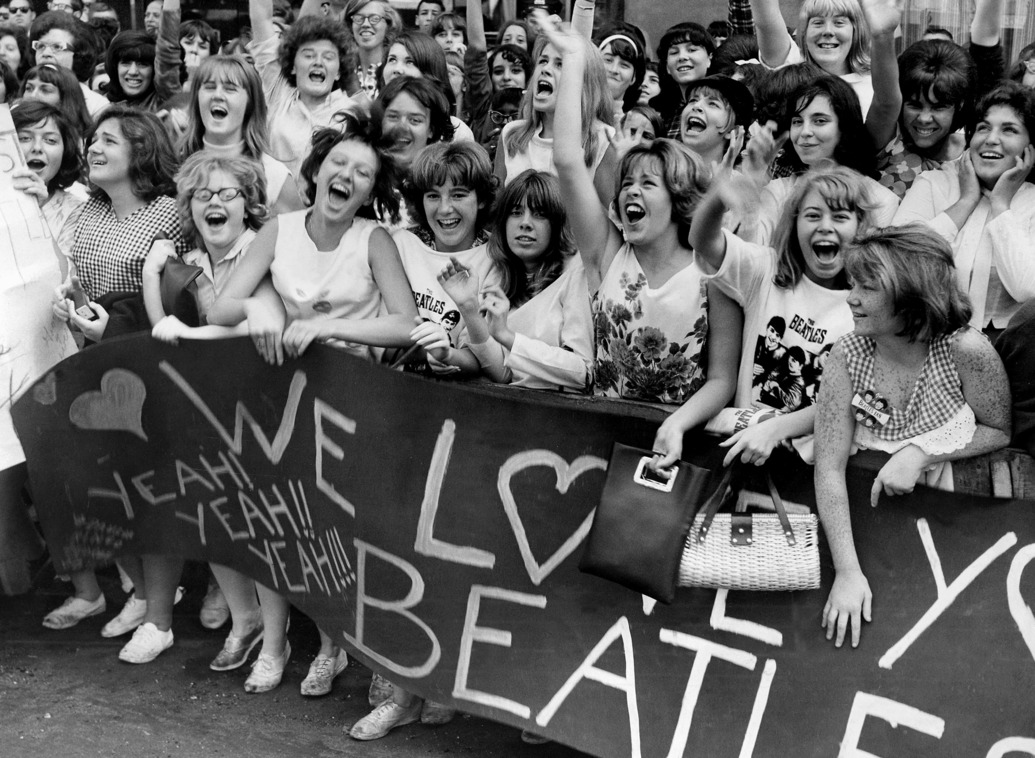1960s TVs - A Look Back At The Living Room's Heart
The 1960s, a truly remarkable period in American life, brought with it a huge shift in how folks experienced entertainment at home. Back then, television sets really started to come into their own, moving from something a few people had to something nearly every family gathered around. It was a time when what we watched on the screen began to change, too, reflecting the big happenings and changing attitudes outside our doors. You could say, that the living room's most important piece of furniture became this glowing box, pulling everyone in for stories, news, and a whole lot of fun.
This particular decade saw broadcasts slowly but surely start to show up in brilliant color, a big change from the black and white pictures people were used to. Imagine the surprise and delight of seeing a show come alive with hues and tones, making everything feel just a little more real. It was a gradual shift, of course, as these new color sets were quite a splurge for most families, but the idea of a vibrant picture was certainly something to look forward to.
More than just a source of shows, the television set in the 1960s truly became the center of family life. Nearly nine out of ten homes had one, making it a common sight in just about every neighborhood. This wasn't just a gadget; it was where families shared laughs, kept up with the world, and found a bit of escape, a kind of modern-day campfire where everyone could gather around and just be together, you know?
- Nicoles Curls
- September 30th Birthdays
- Ncis Origins Episode
- Tucson Garbage Collection
- Kyle Korver Copy Machine
Table of Contents
- The Big Switch to Color 1960s TVs
- What Happened When a 1960s TV Broke?
- The Birth of Game Shows on 1960s TVs
- How Did 1960s TVs Become the Heart of the Home?
- Popular Programs on 1960s TVs
- The Rebellious Spirit of 1960s TVs
- Criticism and Concerns About 1960s TVs
- Technological Leaps for 1960s TVs
The Big Switch to Color 1960s TVs
The 1960s really kicked off a new chapter for television, as programs started to make the move from simple black and white pictures to full, vibrant color. This wasn't an instant change, but rather a slow and steady one, giving people a chance to get used to the idea of a whole new way to see their favorite shows. Imagine sitting there, watching a familiar program, and then suddenly, the world on the screen bursts into shades of green, red, and blue. It was quite a moment for many families, a truly exciting development that changed the viewing experience for good.
Before this time, everything on the screen, from dramas to news reports, appeared in shades of gray. The introduction of color, while expensive for those early sets, brought a sense of realism and depth that had been missing. It made the costumes more striking, the landscapes more inviting, and the characters feel just a little more alive. So, in some respects, it was like stepping from a sketch into a painting, a pretty big deal for the folks watching at home.
This transition was a pretty big deal for broadcasters too, as they had to upgrade their equipment and figure out how to make their shows look good in this new format. It wasn't just about flipping a switch; it involved a lot of technical work behind the scenes to get those colors just right on the screen. The change definitely brought a fresh feeling to the airwaves, making the viewing experience much richer and more engaging for everyone, you know?
- Lee Stokes
- Who Is Amber Rose Currently Dating
- 1990s Photoshoot
- Whitney Martin Husband
- Halloween Cats Decorations
What Happened When a 1960s TV Broke?
Back in the day, with the kind of television sets many families had, a common problem was when a part called a 'valve' or 'tube' would simply stop working. When this happened, the picture on the screen could just disappear without warning, leaving you with nothing but the sound of your show still coming through. It was a really frustrating experience, especially if you were right in the middle of something good. You'd hear the voices, the music, but all you'd see was a blank, dark screen, which was, honestly, a bit of a letdown.
This sort of breakdown, where a valve 'blew' as people used to say, happened fairly often for some folks. It wasn't always clear why, but it might have been because of other issues with the electrical parts inside the back of the set. Getting these old sets fixed often meant calling someone who knew about electronics, or maybe even trying to figure out which tube was the problem yourself if you were handy. It was definitely not as simple as today's quick fixes, requiring a bit more patience and sometimes a trip to the repair shop, as a matter of fact.
The experience of a suddenly silent or dark screen, while the sound kept playing, highlights how different these older televisions were from what we use now. They were, in a way, more delicate machines, relying on these glass tubes that could just give out. It added a certain unpredictability to watching TV, a slight worry that your viewing pleasure might be interrupted at any moment, which, you know, made you appreciate those times when everything worked perfectly.
The Birth of Game Shows on 1960s TVs
The idea of having games on television actually started a bit earlier, in the 1950s, but it was really in the 1960s that many of the earliest and most memorable game shows began to air. This decade became a kind of golden age for these programs, drawing in huge audiences who loved to watch contestants try their luck and skill. It was a very popular form of entertainment, giving people a chance to play along from their living rooms, or just enjoy the excitement of the competition.
Some of the game shows that are still famous today first appeared during this time. Think about shows like *The Dating Game*, where hopeful singles tried to find a match, or *Jeopardy!*, which challenged contestants with questions across all sorts of topics. And then there was *The Newlywed Game*, which brought laughs by asking married couples funny questions about each other. These shows, you know, really captured the spirit of the times and became household names, often sparking conversations around the dinner table.
Not every game show that aired in the 1960s lasted a long time, though. Some were short-lived, perhaps not quite catching on with the audience or just running their course. But the ones that did stick around really helped shape what television would become, showing that people loved watching others compete and win prizes. It was, in a way, a simple yet effective formula for keeping viewers entertained, and it's still pretty much alive and well today, isn't it?
How Did 1960s TVs Become the Heart of the Home?
By the year 1960, television had really taken root as the new central gathering spot in American homes. It was no longer just a fancy gadget; it had become the place where families came together, much like a warm fireplace used to be. Close to 90% of households had a television set, meaning you could find one in almost every home you visited. This made the device a truly common sight, practically everywhere you looked, which was a huge change from just a decade before.
The years that followed 1960 saw television grow even more, both in how many people watched it and in the variety of things you could see. It became a constant companion, a source of news, stories, and entertainment that was always there. Families would plan their evenings around certain shows, and it often sparked discussions, laughter, and sometimes even a few tears. It was, in some respects, the glue that held many family evenings together, providing a shared experience for everyone.
This widespread presence meant that television had a big influence on daily life. People talked about shows at work, at school, and with their neighbors. It created a common cultural conversation, giving everyone something to connect over, which was pretty cool. The television set really transformed the way people spent their free time, making it a focal point for relaxation and shared moments, a bit like a magnet for family activity, actually.
Popular Programs on 1960s TVs
The 1960s were a really exciting time for television, with lots of great shows coming out of that period. If you look at lists compiled from viewer ratings, you'll see some names that are still well-known today. These were the programs that captured people's attention and kept them coming back week after week. For instance, *Gunsmoke*, which started in 1960, was a huge hit, bringing the Wild West right into people's living rooms.
Then there was *Wagon Train*, which began its journey in 1961, telling stories of pioneers moving across the country. And who could forget *The Beverly Hillbillies*, which first aired in 1962 and continued to be a favorite in 1963? This show brought a lot of laughs with its fish-out-of-water humor. These programs were, you know, just a few examples of the types of stories and characters that really resonated with audiences during that time.
Beyond these, the decade offered a whole range of choices. There were dark comedies, romantic comedies, and plenty of action series that kept people on the edge of their seats. Sitcoms were also very popular, providing lighthearted fun for the whole family. It was a time when television really started to offer something for everyone, making it a truly diverse and engaging medium, which was pretty neat, honestly.
The Rebellious Spirit of 1960s TVs
If the 1950s felt like the innocent early years of television, then the 1960s were, in a way, its period of growing up and acting a bit rebellious. Just as the world outside was going through big changes in society and culture, television was right there, showing these shifts. It really helped reflect what people called the "swinging sixties," a time of new ideas and breaking away from old ways. The shows on air started to look a little different, taking on some of the energy of the decade, you know?
Television in the 1960s was, honestly, quite different from what we have now. Today, a TV set is just a normal part of our everyday surroundings, often blending into the background. But back then, it was still a relatively new and exciting thing, something that truly commanded attention. It wasn't just background noise; it was the main event, something you actively sat down to watch and engage with. This meant that the content it presented had a bigger impact, shaping how people saw the world around them, which was a pretty powerful thing.
The medium itself was still finding its voice, experimenting with different kinds of stories and formats. It wasn't afraid to push some boundaries, much like the decade itself. This meant viewers got to see a wider range of perspectives and experiences than ever before. It was a time of exploration, both for the shows themselves and for the people watching them, making it a very dynamic period for the small screen, basically.
Criticism and Concerns About 1960s TVs
While television really took hold of American attention during the 1960s, and the industry added more channels and made color pictures better, not everyone was completely happy with what was on offer. Some people in America started to voice concerns about the programs being shown. They worried about the kind of influence television might have, especially on younger viewers. It was a pretty common topic of discussion among parents, you know?
Many concerned parents, for example, would often say that watching too much television might "rot their children's minds." This was a frequent worry, reflecting a broader anxiety about the new medium's power and what it was showing to impressionable young people. There was a sense that perhaps not all the content was beneficial, and some felt it might be leading kids astray or making them less active. This kind of worry shows that even as TV became more popular, there were still questions about its role in society, which is interesting to think about.
These concerns weren't just about the content itself, but also about the amount of time people, especially children, spent watching. It was a new habit, and like any new habit, it raised questions about its long-term effects. The debate about television's impact on young minds is, arguably, one that continues even today, showing how deeply rooted these early worries were, and how they shaped public perception of the medium.
Technological Leaps for 1960s TVs
Even though by 1960, nearly 98 percent of American homes still didn't have a color television, the decade saw some important changes in how these devices worked. Color televisions, when they first came out, usually cost a lot more money, making it tough for most families to afford one. This meant that for a good part of the 1960s, black and white sets were still the standard in most homes, even as the idea of color broadcasts became more common. It was a slow but steady push towards a more colorful viewing experience, you know?
Besides the gradual arrival of color television sets into American homes, one of the most important developments in 1960s television technology was the beginning of satellite communications. This was a really big step, allowing signals to be sent over vast distances, which opened up new possibilities for broadcasting. It meant that events happening far away could be seen almost instantly, bringing the world closer to everyone's living room. This was, honestly, a pretty groundbreaking change for how television operated and what it could achieve.
This new technology meant that live events from across the globe could be shared with a much wider audience, making news and special programs more immediate and impactful. It truly expanded the reach of television, turning it into a global window rather than just a local one. The ability to bounce signals off satellites really changed the game for how information and entertainment traveled, making the world feel a little smaller and more connected, which was, in a way, quite a feat for the time.
- Sean Sheldon
- Is Sammy Hagar A Republican
- Original Lead Singer For Foreigner
- Madison Bailey Butt
- Bird Feeder Birds

American History: The 1960s, a Decade That Changed a Nation

1960’s of Fashion :: Behance

30 of the Most Popular Fads From the 1960s ~ vintage everyday